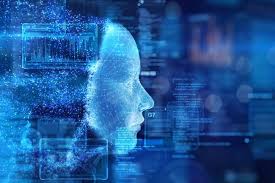Artificial Intelligence (AI) has developed into a buzzword in today’s tech-driven planet, but what is it? At its primary, Artificial Intelligence (umela inteligence) refers to the simulation of human intelligence processes by models, usually laptop or computer techniques. These functions involve discovering (the purchase of real information and policies for using it), thinking (using policies to reach approx . or definite findings), and personal-correction.
artificial intelligence (umela inteligence) is not really a fresh strategy, but recent breakthroughs in computers energy and techniques have propelled it in the spot light. There are 2 principal types of AI: narrow AI and standard AI. Narrow AI, also referred to as weak AI, is designed to carry out a distinct job, like facial recognition or vocabulary translation. Basic AI, or solid AI, is hypothetical and means AI having the ability to comprehend, learn, and apply knowledge across various internet domain names, much like human intelligence.
Unit discovering, a subset of AI, has an important role in allowing computer systems to understand from data without being explicitly programmed. Deeply discovering, a specialised method of machine discovering, entails neural systems with many different layers, permitting them to learn from huge amounts of data. These technological innovation strength numerous AI apps, from virtual assistants like Siri and Alexa to autonomous autos and health care analysis solutions.
In spite of its probable advantages, AI also boosts ethical and social concerns. Issues such as task displacement due to automation, biased techniques, and security violations have sparked arguments globally. As AI will continue to evolve, it’s vital to address these problems when harnessing its transformative likelihood of the betterment of society.



